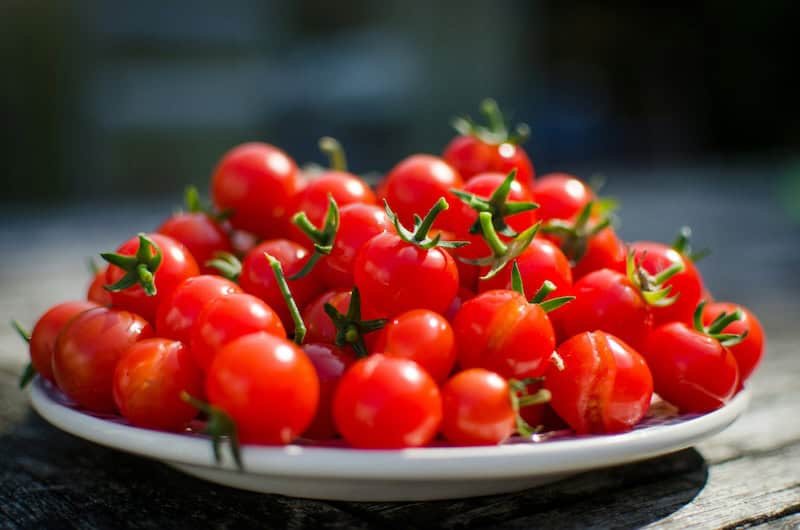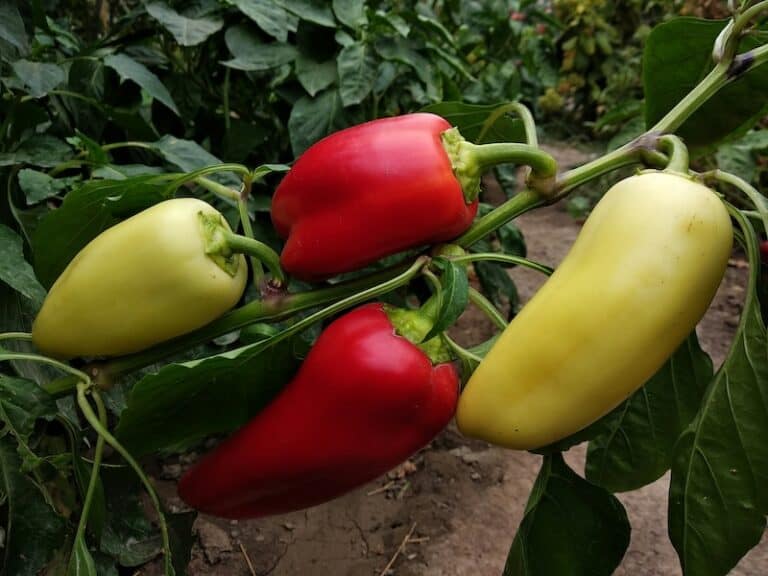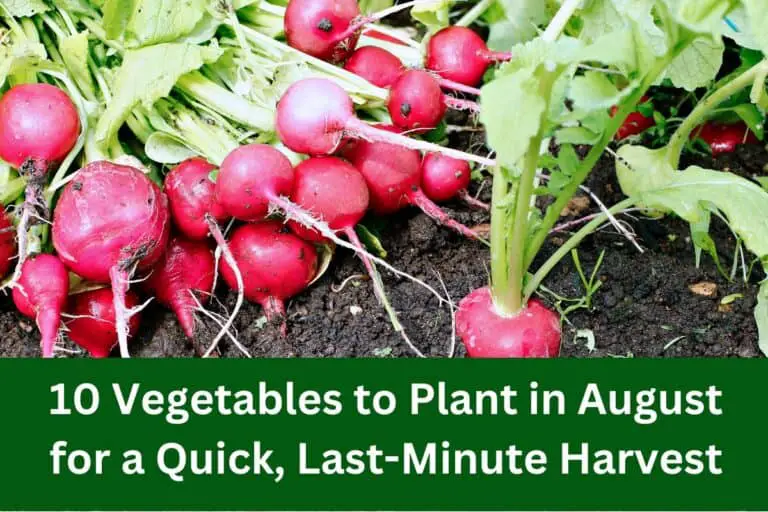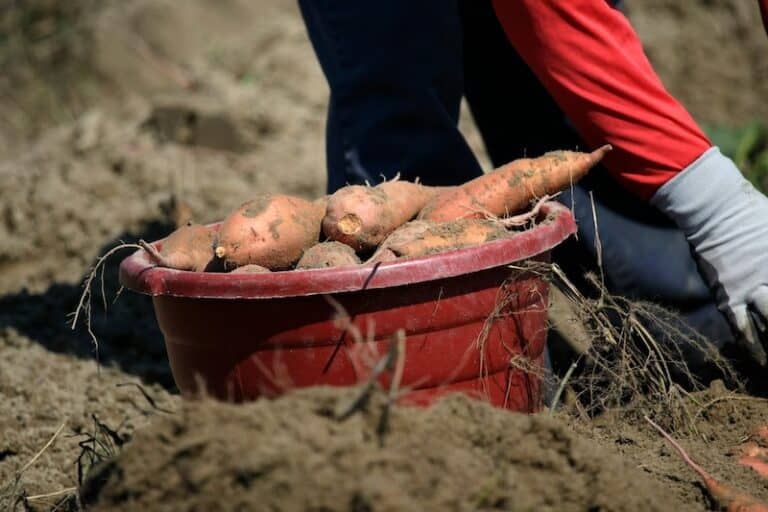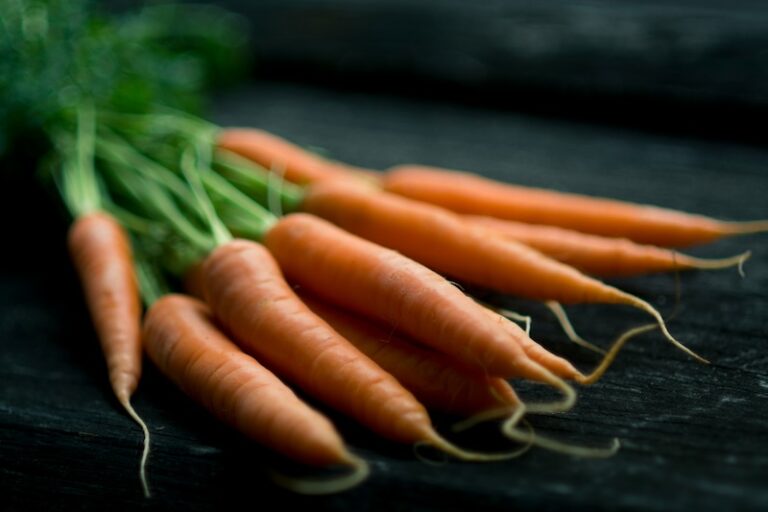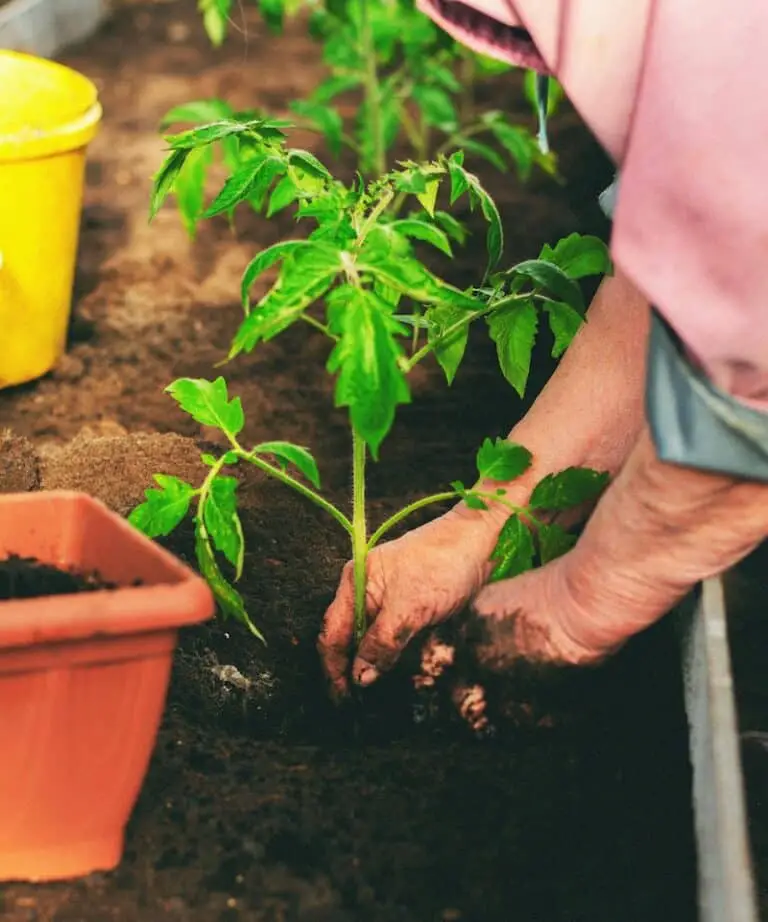Growing Cherry Tomatoes Has Never Been Easier—Follow This Simple Guide
Cherry tomatoes are a favorite among gardeners and home cooks alike. They are small, sweet, and bursting with flavor, making them perfect for salads, snacks, and even roasting. Growing cherry tomatoes at home can be a rewarding experience, providing you with a fresh supply of delicious tomatoes throughout the growing season. In this comprehensive guide, we’ll walk you through everything you need to know to successfully grow cherry tomatoes, from selecting the right variety to harvesting your crop.
Why Grow Cherry Tomatoes?
Cherry tomatoes are not only delicious but also relatively easy to grow, making them an excellent choice for both novice and experienced gardeners. Here are a few reasons why you should consider growing cherry tomatoes:
- Flavor: Cherry tomatoes are known for their intense sweetness and rich flavor, often surpassing that of larger tomato varieties.
- Productivity: These plants are prolific producers, often yielding a large number of fruits from a single plant.
- Versatility: Cherry tomatoes are incredibly versatile in the kitchen, perfect for salads, snacks, sauces, and more.
- Compact Size: Many cherry tomato varieties are well-suited for container gardening, making them ideal for small spaces and urban gardens.
Selecting the Right Variety
Before you start growing cherry tomatoes, it’s important to choose the right variety for your needs and growing conditions. Here are a few popular varieties to consider:
- ‘Sweet 100’: Known for its exceptional sweetness and high yields, ‘Sweet 100’ is a popular choice among gardeners.
- ‘Sun Gold’: This variety produces bright orange fruits with a unique tropical flavor. ‘Sun Gold’ is also known for its early and continuous production.
- ‘Black Cherry’: For a unique twist, try ‘Black Cherry.’ These dark, mahogany-colored tomatoes have a rich, complex flavor.
- ‘Yellow Pear’: This variety produces small, pear-shaped yellow tomatoes that are both sweet and tangy.
- ‘Cherry Bomb’: A disease-resistant variety, ‘Cherry Bomb’ produces bright red fruits with a classic tomato flavor.
Preparing the Soil
Cherry tomatoes thrive in well-draining, fertile soil with a pH between 6.0 and 7.0. To prepare your soil:
- Test the Soil: Use a soil test kit to determine the pH and nutrient levels of your soil. Adjust the pH if necessary by adding lime to raise it or sulfur to lower it.
- Amend the Soil: Incorporate organic matter such as compost or well-rotted manure to improve soil fertility and drainage. Aim to add 2-3 inches of compost to the top 6-8 inches of soil.
- Fertilize: Before planting, mix a balanced fertilizer (such as 10-10-10) into the soil according to package instructions. This will provide essential nutrients for young plants.
Starting from Seeds vs. Buying Seedlings
You have two options when it comes to starting your cherry tomato plants: growing from seeds or purchasing seedlings. Each method has its advantages:
- Starting from Seeds: Growing from seeds allows you to choose from a wider variety of plants and gives you the satisfaction of nurturing your plants from the very beginning. Start seeds indoors 6-8 weeks before the last expected frost date in your area.
- Buying Seedlings: If you prefer a quicker start, purchasing seedlings from a nursery or garden center is a convenient option. Look for healthy, well-established plants with no signs of disease or pests.
Planting Cherry Tomatoes
Once your soil is prepared and your seedlings are ready, it’s time to plant your cherry tomatoes. Follow these steps for successful planting:
- Choose the Right Location: Cherry tomatoes need full sun to thrive, so select a location that receives at least 6-8 hours of direct sunlight per day.
- Space the Plants: Space your plants 24-36 inches apart to allow for good air circulation and reduce the risk of disease. If you’re growing in containers, use a pot that is at least 12-18 inches in diameter.
- Plant Deep: When planting your seedlings, bury them deeper than they were in their pots, up to the first set of true leaves. This encourages a strong root system.
- Water Well: After planting, water your tomatoes thoroughly to help them settle into their new environment.
Supporting and Pruning
Cherry tomato plants can become quite tall and sprawling, so providing support is essential to keep them healthy and productive. Here are some tips for supporting and pruning your plants:
- Stakes and Cages: Use stakes, cages, or trellises to support your plants. Drive stakes into the ground next to each plant and tie the main stem to the stake as it grows. Alternatively, place a cage around each plant to contain the branches.
- Pruning: Regular pruning helps improve air circulation, reduce disease risk, and encourage larger fruit production. Remove the suckers (small shoots that grow in the junction between the main stem and branches) to direct energy to the main stem and fruit-bearing branches.
Watering and Mulching
Consistent watering is crucial for healthy cherry tomato plants. Here are some watering tips:
- Water Deeply: Water your plants deeply and regularly, aiming for about 1-2 inches of water per week. Deep watering encourages deep root growth.
- Avoid Overhead Watering: Water at the base of the plants to keep the foliage dry and reduce the risk of disease. A soaker hose or drip irrigation system works well for this.
- Mulch: Apply a layer of mulch around your plants to help retain soil moisture, suppress weeds, and regulate soil temperature. Use organic mulch such as straw, grass clippings, or wood chips.
Fertilizing Your Plants
Cherry tomatoes are heavy feeders and benefit from regular fertilization. Here’s how to keep your plants well-nourished:
- Initial Fertilization: When planting, mix a balanced fertilizer into the soil as mentioned earlier.
- Ongoing Fertilization: Once your plants start setting fruit, switch to a fertilizer high in phosphorus and potassium (such as 5-10-10) to support fruit development. Apply according to package instructions.
- Organic Options: If you prefer organic gardening, use compost tea, fish emulsion, or a commercial organic fertilizer to feed your plants.
Managing Pests and Diseases
Cherry tomatoes are susceptible to a variety of pests and diseases. Here’s how to manage common issues:
- Aphids: These small, sap-sucking insects can be controlled with insecticidal soap or by introducing beneficial insects such as ladybugs.
- Tomato Hornworms: Handpick these large green caterpillars off your plants and dispose of them.
- Blossom-End Rot: This condition, caused by calcium deficiency, can be prevented by maintaining consistent soil moisture and using a calcium-rich fertilizer.
- Early Blight and Late Blight: These fungal diseases can be managed by practicing crop rotation, removing affected leaves, and applying fungicides if necessary.
- Leaf Spot Diseases: Remove and destroy infected leaves to prevent the spread of these fungal infections.
Harvesting Your Cherry Tomatoes
One of the most rewarding parts of growing cherry tomatoes is harvesting your delicious, home-grown fruit. Follow these tips for a successful harvest:
- When to Harvest: Cherry tomatoes are ready to harvest when they are fully colored (red, orange, yellow, or black, depending on the variety) and slightly soft to the touch. Taste one to ensure it has reached peak sweetness.
- How to Harvest: Use scissors or garden shears to snip the fruit from the plant, leaving a small stem attached to the tomato. This helps prevent damage to the plant and the fruit.
- Continuous Harvesting: Cherry tomatoes will continue to produce fruit throughout the growing season. Regular harvesting encourages the plant to produce more tomatoes.
Storing and Using Your Harvest
After harvesting, you can store and use your cherry tomatoes in a variety of ways:
- Storage: Keep your harvested tomatoes at room temperature for best flavor. They will typically last for several days. Avoid refrigerating them, as this can diminish their flavor and texture.
- Preservation: If you have an abundance of cherry tomatoes, consider preserving them by drying, canning, or freezing. Sun-dried cherry tomatoes are a flavorful addition to many dishes.
- Cooking and Eating: Enjoy your cherry tomatoes fresh in salads, roasted as a side dish, or cooked into sauces and soups. Their sweet flavor makes them a versatile ingredient in many recipes.
Troubleshooting Common Issues
Even with the best care, you may encounter some challenges while growing cherry tomatoes. Here are solutions to common problems:
- Cracking: If your tomatoes crack, it’s usually due to inconsistent watering. Maintain even soil moisture to prevent this issue.
- Yellowing Leaves: Yellow leaves can indicate a nutrient deficiency, overwatering, or disease. Check your watering habits and consider fertilizing with a balanced fertilizer.
- Blossom Drop: High temperatures or stress can cause flowers to drop without setting fruit. Ensure your plants are well-watered and provide some shade during the hottest part of the day if necessary.
Conclusion
Growing cherry tomatoes can be a delightful and rewarding experience, providing you with a plentiful supply of sweet, flavorful tomatoes throughout the season. By choosing the right variety, preparing your soil, planting properly, and caring for your plants with consistent watering, fertilizing, and pest management, you’ll be well on your way to a successful harvest. Enjoy the fruits of your labor in a variety of dishes, and don’t forget to share your bountiful harvest with friends and family!
Happy gardening!

